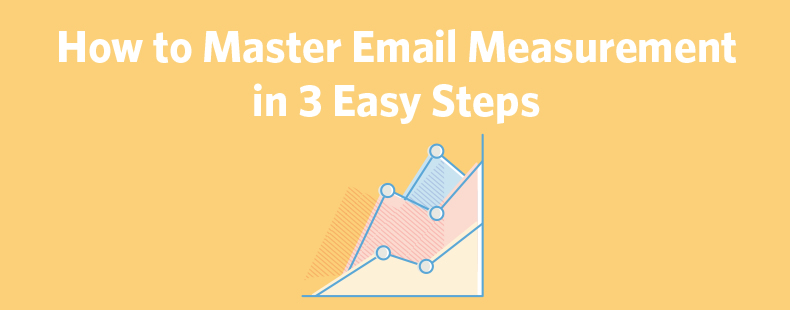 The former Congressman Chris Chocola said once that one of his first lessons in business was that income statements and balance sheets were fiction and that cash flow was the real reality.
The former Congressman Chris Chocola said once that one of his first lessons in business was that income statements and balance sheets were fiction and that cash flow was the real reality.
Investopedia defines cash flow as the amount of money that flows in and out of a company. Cashflow increases when liquid assets increase and decreases when they decrease. Cash flow can be increased in two ways: either by increasing sales (increasing revenue) or by reducing expenses (decreasing revenue). In this article, I’ll expand on both concepts.
How to Increase Revenue
You can increase revenue in many ways. What makes you a successful business owner is that you have developed your own secret recipe ( plan of business ) to achieve this. You can increase revenue by doing the following, without being limited.
- Direct marketing campaign for new customers: The lifeblood of any business is its customers. A direct advertising campaign that targets new customers to buy your products/services will be essential to the survival of many businesses. Direct marketing methods include bulk mailing campaigns, print/billboard advertising, B2B cold calls, email marketing and TV/radio advertisements. These methods are legal but some are not, like telemarketing or cold calls to people you don’t even know, or cell phones where the owner hasn’t given permission.
- Indirect marketing campaign for new customers: New customers are vital to any business, so an indirect marketing campaign could be the answer. Some types of indirect marketing methods you could utilize include search engine optimization, center of influence networks/partners/associations, and referral marketing. Indirect marketing is the goal, where you do not necessarily communicate your products or services to end users, but rather to partners, associates, etc. Allow their communication devices to spread the message in some form.
- Increase Prices Although controversial, increasing prices for your business can be a way to make more money, as long as you get away with it. You can implement a price increase of 2% to 5% on all services and products, for example. This will bring in more revenue.
- Offer Value-Adds to Current Customers: New customers are vital for a business but current customers serve as goldmines. Customers who have already used your product and know about your business can be a great source of future revenue. You could therefore offer current customers loyalty programs, value-adds and upgrades in order to generate more revenue.
- Increase the Value of Your Operational Assets Human capital and equipment are both operational assets that can be used to plant seeds for future revenue growth. You want to get more productivity from them, without increasing their operational costs.
Reducing Operational Expenses
While increasing revenue takes some creativity and grit to achieve, reducing operational expenses simply means re-shifting the way your organization operates in order to be leaner and efficient. This can be achieved by reducing labor costs and costs associated with goods, taxes, insurance, property, and other operational costs.
- Labor costs: You may want to consider implementing new technologies that will reduce your total labor costs, and lower the cash outflows for labor expenses.
- Cost Of Goods/Materials/Supplies/Inventory: You might be able to negotiate buying inventory, supplies, and materials in bulk, or from another supplier, to bring down overall costs.
- Property costs: By moving to a different part of town or by downsizing, you may be able lock in a cheaper business rent rate.
- Insurance costs: Perhaps you have too little insurance. Maybe you should switch to another insurance provider? Make sure that your insurance level is reasonable, and the premiums you pay are competitive with market rates.
- Taxes Hire a CPA/Accounting professional to keep your taxes low, and also the cost of accounting services.
- Marketing/Other costs: Other operating costs such as marketing, consultants and bank fees. All of these costs add up to the total expenses and cash flow of your business. Managing these costs strategically will help you achieve your goal of increasing cash flow in the future.











Leave a Reply